IDD Perspective paper
Just how fast has the Indo-Pacific militarized ? The past twelve months have been of rapid changes. India, China, Japan and now Korea ‘Race’ to make new aircraft carriers or add to their existing fleets.
Till a little over three years ago, India was the only country, excluding the US which had carriers stationed in the Asia, to have an operational carrier in the Indo-Pacific, that too since the 1960’s. Cut to 2020, things have changed fast. In December 2016, China announced its ‘arrival’ when its first carrier, the CNS Liaoning, carried out its first exercise. Three years later in December 2019, it commissioned one more carrier, the CNS Shandong, and emerged as the leader with two carriers.
Last year, in 2019, Japan moved quickly to announce its plans to have fighter jets on its existing ‘flat-decks’. South Korea just about started off with a carrier project of its own while India, is set to have another carrier to its fleet with plans to have three such vessels in all.
In the past 12 months, the Indo-Pacific has seen interesting developments on ‘carriers’. Japan and China have literally ‘changed gears’. India and Korea are the other two Asian economic powers vying for what strategic circles term as the ‘Asian aircraft carrier race’.
For the Asian countries — China, India, Japan and South Korea — these warships are like floating cities, a projection of prowess in controlling and dominating the sea lanes of communication – trade routes on high seas — vital to run their multi-billion dollar economies.
A global race between India and China to secure resources like oil, minerals, natural gas, coal, will be backed by keeping sea lanes open. The other dimension is the China-Japan rivalry in economic dominance in Asian countries and its backed by a bitter history of wars and a pending territorial dispute in Senkaku islands in the East China Sea.
Developments in anti-ship missiles, notwithstanding, carriers continue to be in favour across Asia. Flat-tops are the ‘rulers of the Waves’ and invariably add to a country’s standing amongst the league of nations.
India’s plan is for three carriers
In India, on January 11 when a single-engined fighter jet – so far named, Light Combat Aircraft, Navy — made a test landing on Indian Navy’s lone aircraft carrier INS Vikramaditya, it showed the resolve that India intends to make its own jet. The deck-landing of the jet, made in India, by Hindustan Aeronautics Limited (HAL), a company owned by the Indian Ministry of Defence, came just a month after China had commissioned the 65,000 tonne CNS Shandong.

India, as of now, operates INS Vikramaditya, purchased from Russia for US $ 2.3 Billion and commissioned in 2013 along with the MiG29K jets also from the same stable. India’s first indigenously built carrier, the INS Vikrant is set for sea trials in later part of 2020.
The Second and third carriers
At present India is focusing on the INS Vikrant and is simultaneously looking to start work on the third carrier, which will be the second one to be built indigenously.
Indian Navy Chief Admiral Karambir Singh, had told a press conference on December 3 “The main shipbuilding part of INS Vikrant is over and it will now go for basin trials”.
“We are almost certain that we will take delivery by February-March 2021. Once we take delivery, then we will get aviation trials, I expect, will take a year or so. We should have a fully operational carrier by 2022,” the Admiral had said.

For the Indian Navy, the immediate priority is to get plans approved for the third carrier which will be its second Indigenous Aircraft Carrier, after INS Vikrant. The Navy’s ‘long term capability planning’ lists induction of three aircraft carriers so that two carrier battle groups (CBGs) are available for deployment.
How big is the third Indian carrier.
Indian Navy Chief , Admiral Singh said “It will be a 65,000 CATOBAR carrier with electric propulsion”.
US carriers use the CATOBAR (Catapult Assisted Take off but Arrested Recovery) method for operations. Indian carriers, in the past several decades have use the ski-jump for STOBAR (Short Take Off But Arrested Recovery) operations.
This could bring in US company General Atomics as India is looking at EMALS like the one put on USS Gerald R. Ford . An India US Information Exchange Annexe (IEA) on Aircraft Carrier Technologies was signed in June 2016 and it would add to the growing trust.
The Defence Acquisition Council, the apex decision making body of the Ministry Defence in India is yet to accord a Acceptance of Necessity for acquiring the third carrier. Navy is looking to hire consultants from countries like the US and Britain that had recently built two 65000 tonne carriers of the Queen Elizabeth class
Indian Navy sees future only in twin-engined jet The Indian Navy is clear that the single-engined LCA, like the one being used for deck-landing trials is not its choice of future jet. It is just a stepping stone to a twin-engined more powerful medium weight jet.
Within the Navy there is a discussion of having such a jet of 18-19 Tonnes with some 8-9 tonnes of payload. The LCA Navy has not been tested from deck with full load but its another variant flown by the Indian Air Force has a 13 tonne ‘all –up’ weight.
The Indian Navy Chief has made it clear that the LCA is a technology demonstrator. “Whatever lessons are learnt the DRDO (Defence Research and Development Organisation) would plough back into the twin-engine deck-based fighter that they were offering”, the Admiral said.
The DRDO has offered to develop a new twin-engine deck-based fighter based on the experience of the LCA and set a deadline for 2026.
Single engine jets officially not ruled out.
At present the Indian Navy uses the twin-engined Russian MiG 29K and has 45 of these in its stable, but is open to looking at other options.
In January 2017 India issued a global request for information (RFI) looking for 57 aircraft for the Indian Navy with the intended use as day-and-night capable, all-weather, multi-role combat aircraft which can be used for air defence, air-to-surface operations, buddy refuelling, reconnaissance, etc.
In its RFI, the Navy did not specify it wanted ‘only a twin-engined jet’.
The responders to the RFI include American giant Boeing, France’s Dassault Aviation, Sweden’s SAAB and Rosoboronexport of Russia is offering the MiG 29K.
While Boeing has pitched its F/A-18 Super Hornet, Dassault has briefed the navy on its Rafale-M, that was used by the French Navy for operations in Libya. SAAB has offered the maritime variant of its Gripen single-engine jet.
Boeing has also completed extensive analysis and testing of F/A-18 Super Hornet’s compatibility with Indian carriers that use ski-jump for STOBAR (Short Take Off But Arrested Recovery) operations. “Results show that the Super Hornet is capable of launching off a ski-jump carrier and could be operated from Indian carriers with a meaningful fuel and weapons load”, the Boeing India website says.
US carriers use the CATOBAR (Catapult Assisted Take off but Arrested Recovery) method for operations and the Boeing F/A-18 was designed for same.
China adds speed to its works.
Its plans indicate a rapid build. Beijing could pose a challenge even for the US in the Indo-Pacific. It started off in the 1990’s by purchasing an old carrier from Ukraine after the fall of the Soviet Union. It was launched at Sea in September 2012, and did its first operational duty in 2017.
In December 2019, China commissioned CNS Shandong — its second aircraft carrier and the first such ship wholly designed and built in the country — in Sanya, Hainan province.

President Xi Jinping, took part in the commissioning ceremony for the ship, named after the eastern province of Shandong.
With this China entered an elite club of world powers that operate multiple carriers. There were previously only three countries with more than one carrier in active service — the United States, the United Kingdom and Italy.
The CNS Shandong, like the Liaoning, will have the twin –engined J-15 fighter jets on its flight deck. The Liaoning in its early days, around 2017, operated the J-15 fighters, with less than full load – meaning loss of efficacy in terms of flying range for the fighters and a depleted weapon carrying capacity. The J-15 carrier-based fighter is the Chinese version of the Russian Sukhoi-33.
The deployment of the fighter jets on the new carrier indicate that the Shandong, China’s largest ship so far, gained initial operational capability. Its construction began in November 2013 at Dalian Shipbuilding Industry, a subsidiary of China State Shipbuilding Corp, the world’s largest shipbuilder.
China modeling itself on US
A US department of Defence report: ‘Military and Security Developments Involving the People’s Republic of China 2019’ says “The new carrier (Shandong) is a modified version of the Liaoning but is similarly limited in its capabilities due to its lack of a catapult launch system and has a smaller flight deck than the deck on U.S. carriers.”
China began construction of its second domestically built aircraft carrier in 2018, which will likely be larger and fitted with a catapult launch system
China’s next generation of carriers, including one that began construction in 2018, will have greater endurance and a catapult launch system capable of supporting additional fighter jets, launching various types of fixed-wing aircraft, including early warning and antisubmarine warfare (ASW) aircraft and more rapid flight operations.. These improvements would increase the striking power of a potential carrier battle group when deployed to areas beyond China’s immediate periphery.
This design will enable it to China’s second domestically built carrier is projected to be operational by 2022. This will be time by when India aims to make its second carrier operational.
Beijing has an added advantage. Its deep ties with countries like Pakistan and Burma besides supply bases in Sri Lanka, which can be useful for deployment of Chinese aircraft carriers in the Indian Ocean – placing its Navy in waters which form core interests for New Delhi.
Japanese change gears
Japanese, who have just emerged from their self-imposed ban on owning aircraft carriers. Following the end of second world war ( 1939—1945) and defeat of the Imperial Japan Navy, the Japanese Constitution in 1945 banned making aircraft carriers.
For the first time since World War –II (1939-1945), Japan is set to convert two of its ‘flat-deck’ warships to allow the F-35B short take-off and vertical landing (STOVL) aircraft of Lockheed Martin to take off from the deck.
In August 2019, Japan ordered 42 such jets for two such flat decks of the ‘Izumo’ and ‘Kaga’.

The procurement plan comes amid China’s military buildup. The Medium Term Defense Program (FY 2019 – FY 2023) of Japan released on December, 2018 talks about ‘National Defense Program Guidelines for FY 2019 and beyond’ and announces “Japan will significantly strengthen defense capability to build a truly effective defense capability and multi -domain defense force”.
The 20,000 tonne ‘flat decks’ of the ‘Izumo class’ are the largest Japanese warships since the world war. With a 248 metre length, it looks like an aircraft carrier.

The name ‘Izumo’ itself caries a bitter memory of the China-Japan rivalry. The original Izumo was the name of a Japanese cruiser that led a 1937 operation against Shanghai leaving over 2.50 lakh dead. The Izumo is just a part of a trend. In 2009, Japan launched, The ‘Ise’ and the same year it had commissioned the first of these ships, a flat-deck ‘Hyuga’. Its Navy now has quasi-carriers and once equipped with F-35 fighters, they will be full aircraft-carriers.
Tokyo is also playing a mind game in May 2019 a movie was released. It was called the “Aircraft Carrier Ibuki,” a military thriller based on a strikingly similar vessel to the Izumo ships. The original ‘Ibuki’ was converted into carrier in 1943 by Japan.
Koreans enter
The Republic of Korea (ROK) , also better known as South Korea has a plan to launch by 2030 a large-deck amphibious-warfare ship that could handle Short Take Off and Vertical Landing (STOVL) aircraft.
With a displacement of 30,000 tons, the new warships will support upto 20 STOVL jets, this could mean more of the Lockheed Martin F-35B Lightning.
So far named ‘LPX-II’, this will be the first time that Korea will pursue a true aircraft carrier-type platform. So far, the Korea’s 14,500 tonne Dokdo class vessels are flat-decks but helicopter carriers.

At the time of announcing the next carrier South Korea’s Ministry of National Defence stated in no uncertain terms that the naval build-up has North Korea in mind.
It is estimated that in case of conflict, South Korean airfields could be prime targets for tactical ballistic missiles. A carrier force allows South Korea the option of a punitive ‘second-strike’.
Though its just 20 aircraft, a carrier provides speed and agility. Also South Korea is wedged near an increasingly assertive People’s Liberation Army-Navy (PLAN).
South Korea’s ties with Japan are also not happy as it ended a military intelligence-sharing deal with Japan in a tit-for-tat move against trade sanctions imposed by Tokyo earlier. Soon after the termination of the deal, the South Korean military launched an exercise aimed at demonstrating control over the islets of Dokdos that Japan also claims.
It also bears consideration that the LPX-II was revealed after Japan said its Izumo-class “helicopter destroyers” could be converted to carriers. And just over a week after the LPX-II’s unveiling.
The Super carriers of the US
Apart from the Asian countries the US has its ‘super carriers’ of the USS Nimitz class – each more than 100,000 tonnes and nuclear powered – in Asian waters. US President Barack Obama announced in late 2011 the rebalance of US naval assets that will entail stationing 60 percent of its sea-going fleet in the Asia-Pacific – US terminology to describe ‘Asia-Pacific’ includes India, China and Japan. US Naval bases in Japan and the Philippines are homes to these aircraft carriers.

CONCLUSION:
The global order, as experience shows, is the least rule based. A militarized Indo-Pacific has many fall-outs apart from the obvious – a chance of war. Countries like Vietnam, Malaysia, Indonesia will have to chose who to depend on for security. New Delhi is slowing down in its purchases as economies across Asia see a downward curve.
Finally, since the global order has seen unprecedented peace for about 70 years. The US has played the role of the global police man. Washington appetite for continuing with that role appears to be on the wane. Other powers – the European Union and Russia – are equally weak and have no possible reason to step-in.
Although, not all is well with Beijing, it may just emerge as the undisputed challenger to others in the Indo-Pacific, or unless India and Japan step up in conjunction with the US.





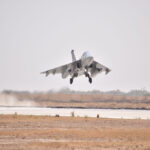
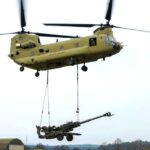
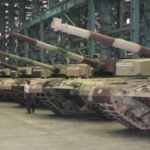
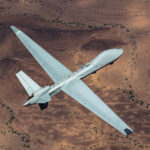
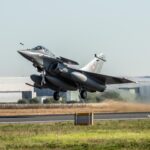




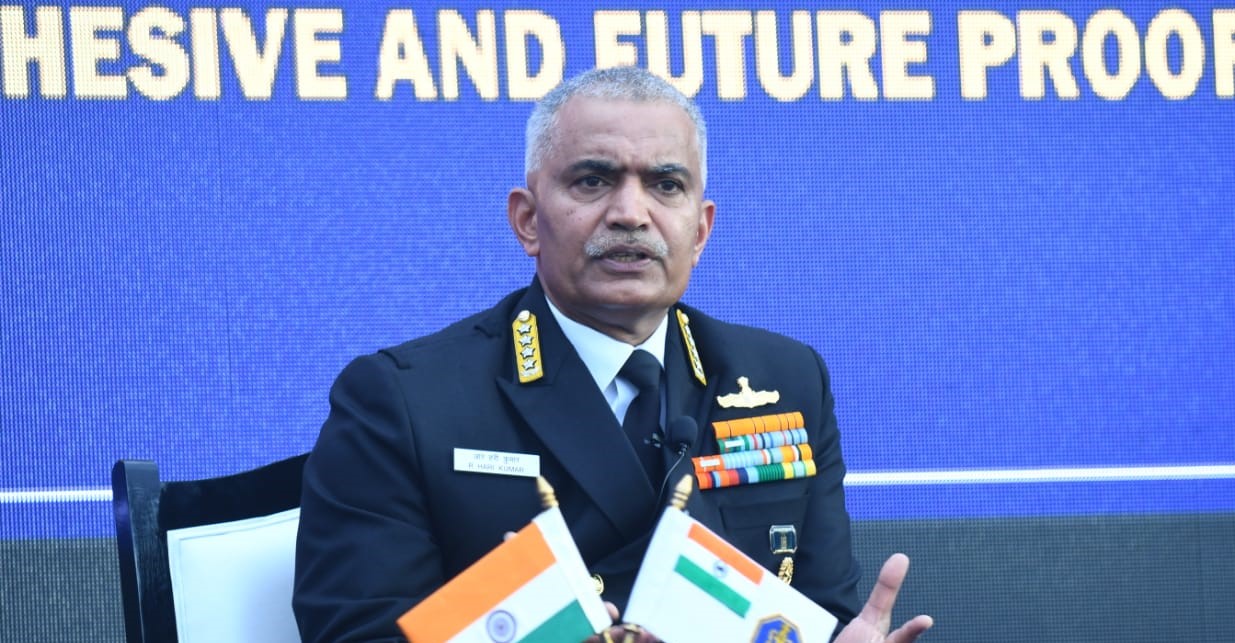
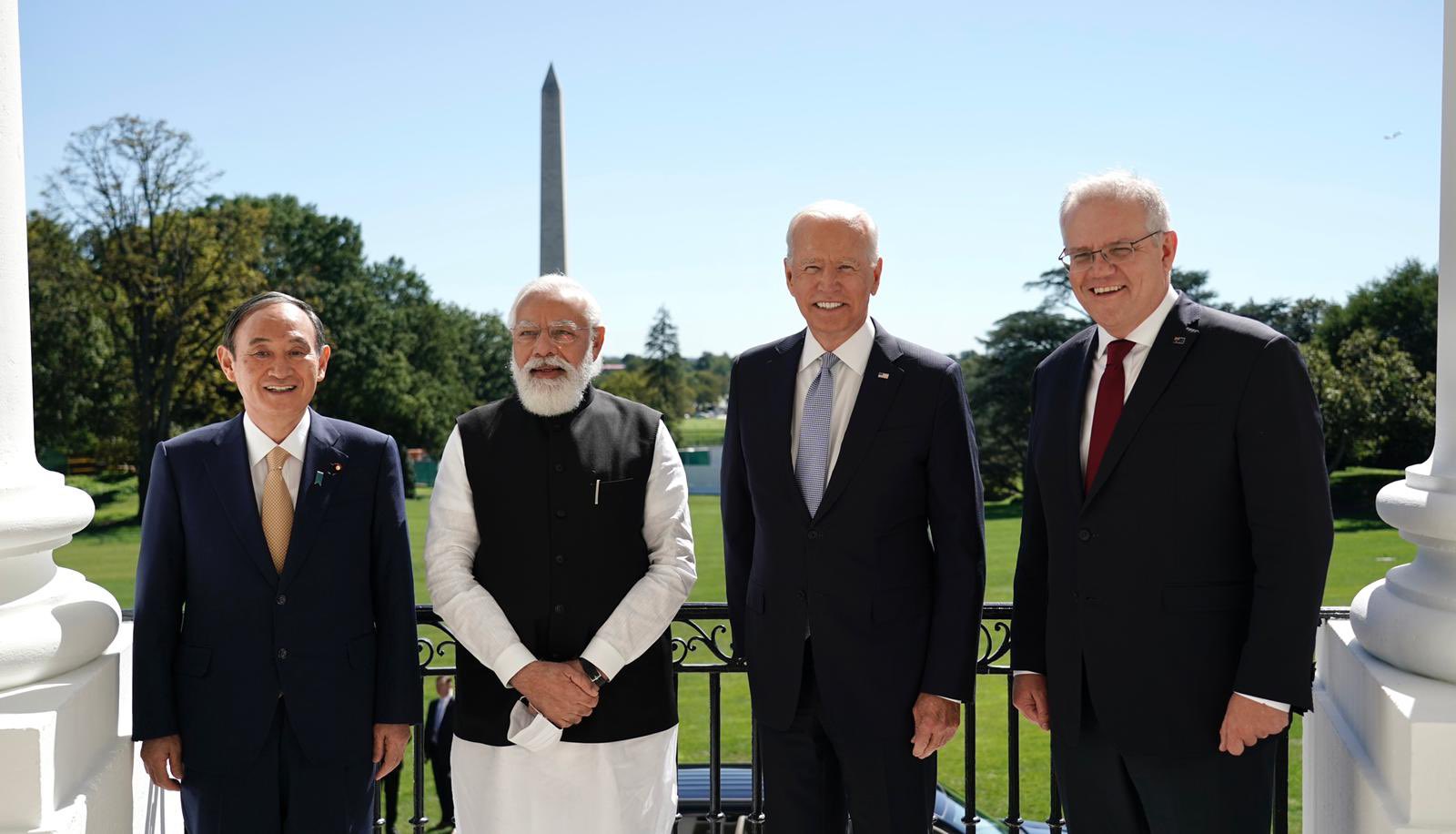
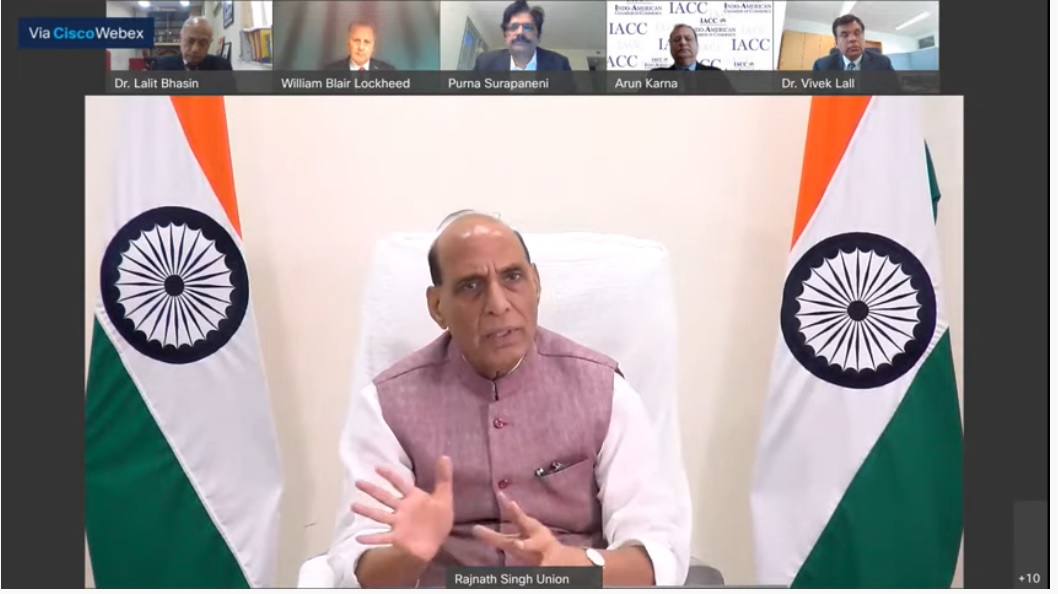
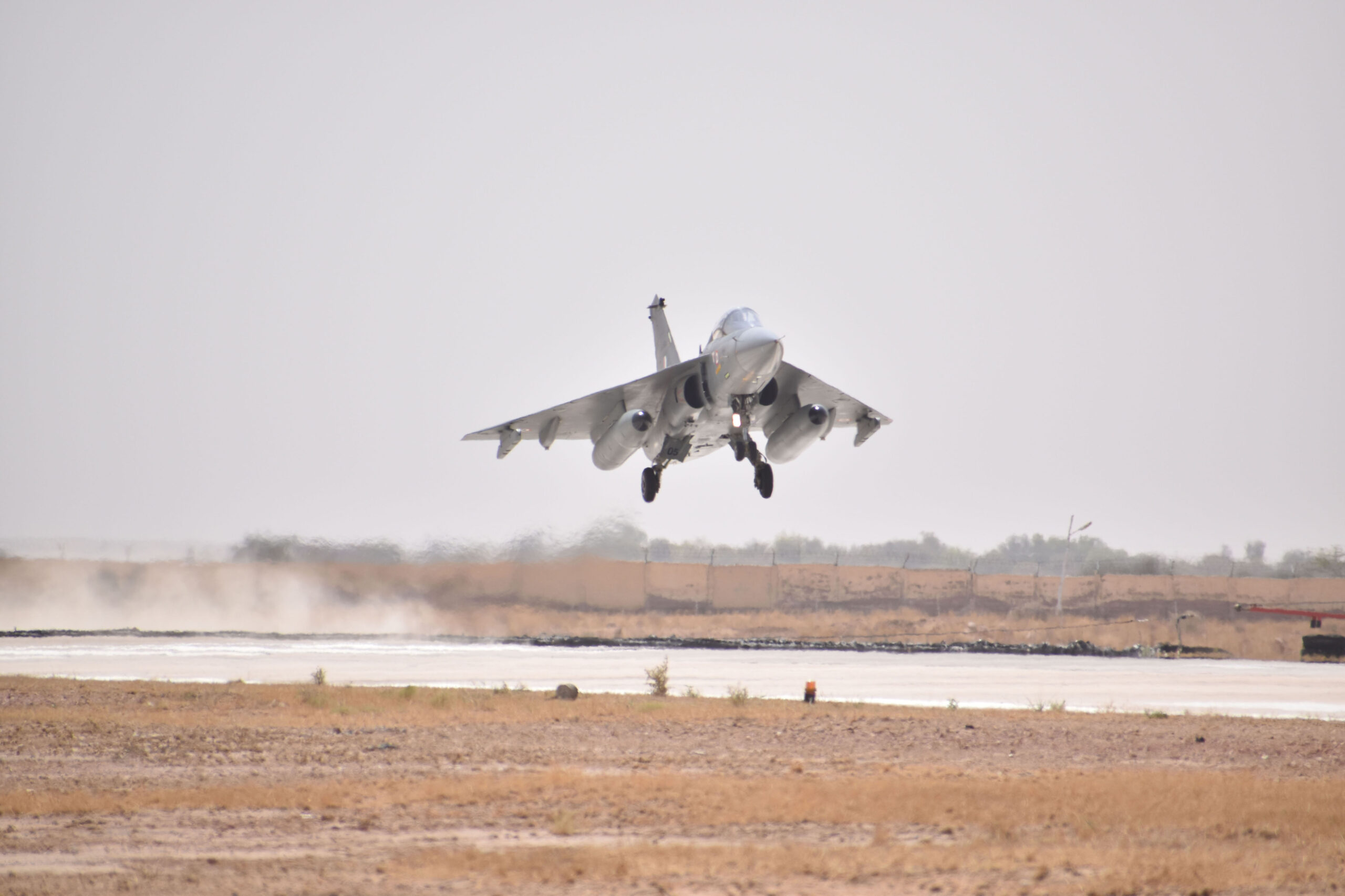
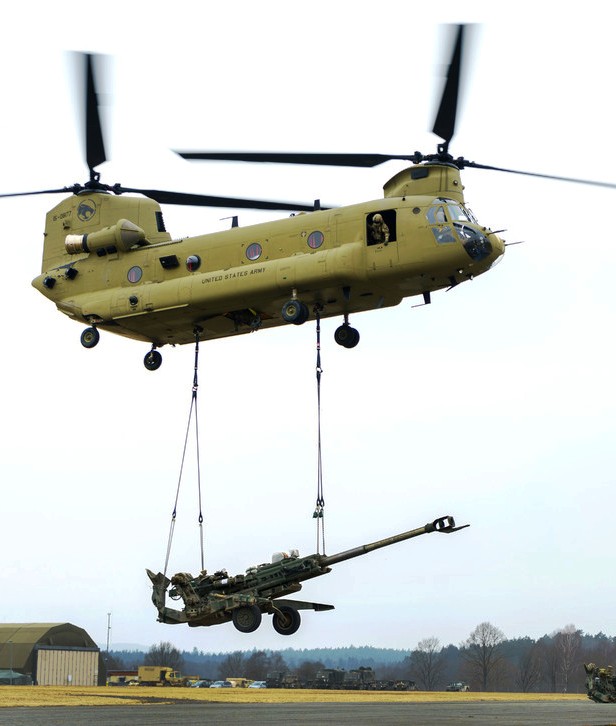
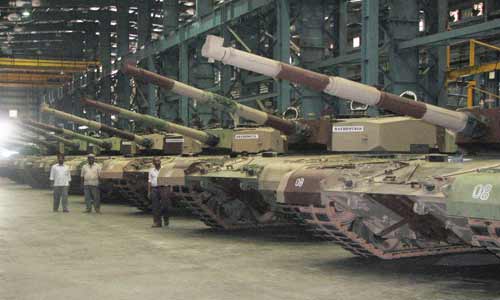
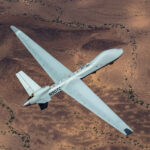

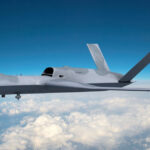
Recent Comments